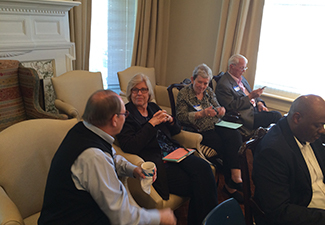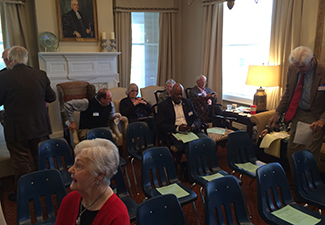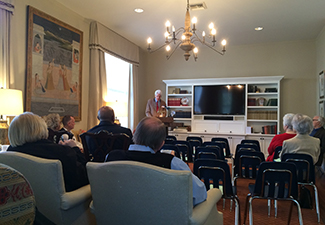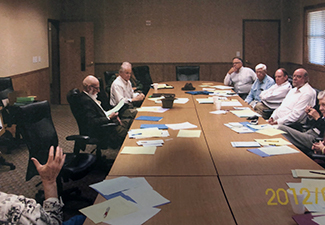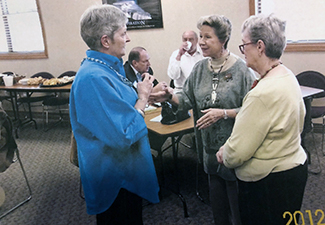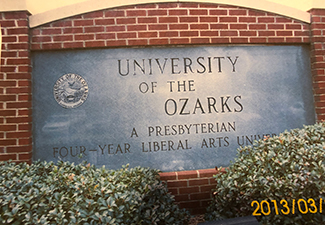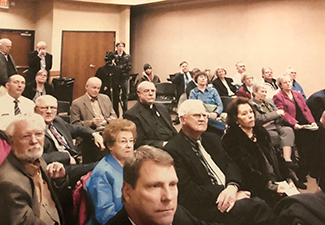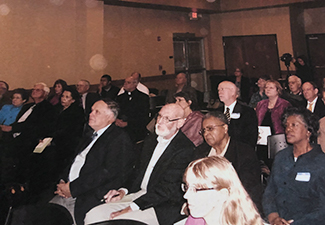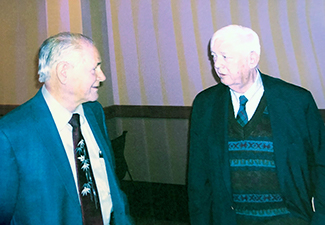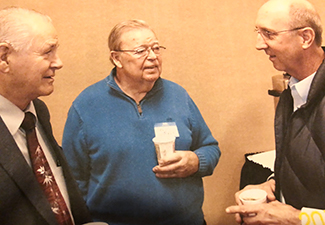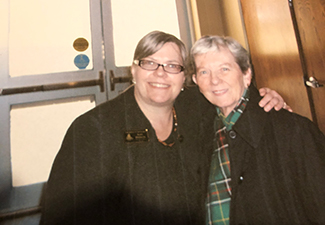Felippa Trozelli, an antique jewelry appraiser, once said, “You can’t really understand history until you’ve worn it.” While she was, no doubt, talking about jewelry and other apparel, I think her statement has meaning for those of us interested in those who have gone before us.
Not until we try to walk in their shoes and, as impossible as it may seem, to live in their times, will we truly begin to appreciate their stories. We must try to “wear” history. For example, what must it have been like to be in Alton, Illinois on July 21, 1836 when Elijah Parish Lovejoy, a Presbyterian minister and newspaper publisher, was murdered and his printing press destroyed because he was an abolitionist? Or in East St. Louis, Illinois in July 1917 when a race riot broke out, killing several and destroying property? In the same month there was a race riot in Houston, Texas. Four years later much of the Greenwood section of Tulsa (known as “Black Wall Street” because of its prosperity) was burned down when Dick Rowland, a young black man, was falsely accused of assaulting Sarah Page, a young white woman, in a downtown elevator.
How do we wear that kind of history? What was the church’s response to these events? At this time the Presbyterian Historical Society of the Southwest is scheduled to hold its annual meeting April 23-24 at First Presbyterian Church in Tulsa. Assuming we are able to meet then, we will hear a keynote address by Dr. Hannibal Johnson, an expert and author on the 1921 massacre in Tulsa. In addition, we will hear from others on discrimination against Native Americans in Oklahoma and how the church has responded. Any and all are welcome to attend. These will be attempts to “wear” history, to put on the clothes of persons whose situation was far different from our own. If you would like more information about this gathering, feel free to contact me at jjcurrie5152@gmail.com.
Clearly, racism continues to be a part of life in America. One way to wear history is to be in conversation with, and to listen to those who are directly affected by this scourge, be they African Americans, Asian Americans, Hispanic Americans, Native Americans, or Anglo Americans. What must it have been like to have your belongings seized and have your family sent to interment camps in this country during World War II, as many Asian Americans experienced? What must it be like to be stereotyped by others before you even leave your home?
How do we wear history? Another way is to see how some saints have responded to such discrimination. One collection of such stories is found in the book, Doing Justice, Loving Kindness, and Walking Humbly: The Witness of Some Southerns Presbyterian Pastors for the Cause of Racial Harmony in the 1950s and 1960s. If you would like a copy from the PHSSW, contact me at jjcurrie5152@gmail.com. The cost is $25.00 which includes shipping and handling.
We are called not only to make history, not simply to learn about history, but to wear history, to try to discover what it must have been like to live in different times, with different challenges, in a different culture. It is an enriching exercise as we offer gratitude for all those saints who have gone before us who showed the love and justice of Jesus Christ.

